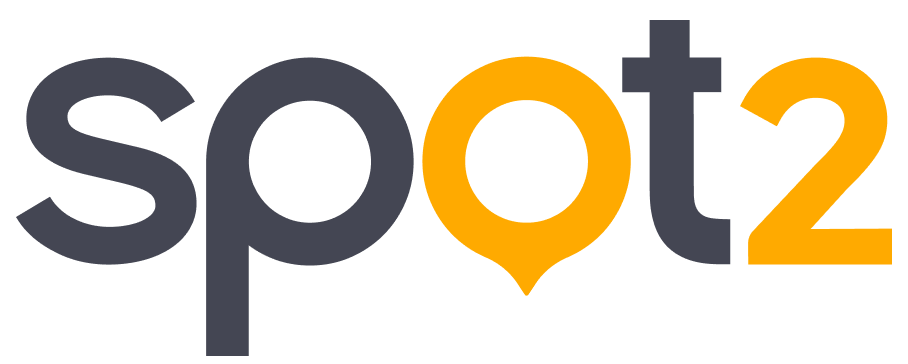


In the traditional process of searching for commercial spaces, scheduling a visit was just the first step. However, for many companies—especially in sectors like industrial, logistics, and corporate—the decision-making process involves much more: comparative analysis, environmental studies, strategic expansion vision, and predictive data.
To support these types of decisions, I designed and built the “Projects + Intelligence” system within Spot2: a workflow that transforms each requirement or visit into an active project, with suggested spaces automatically and a contextual intelligence module based on the type of space.
Transform the scheduling of visits into the entry point for a consultative and data-driven process that not only makes it easier to find spaces but also closes more complex deals thanks to the power of automated personalization and precise contextual information.
This addresses two things simultaneously:
% of visits that generate an active project + use of the data intelligence module
(direct indicator of deep engagement)